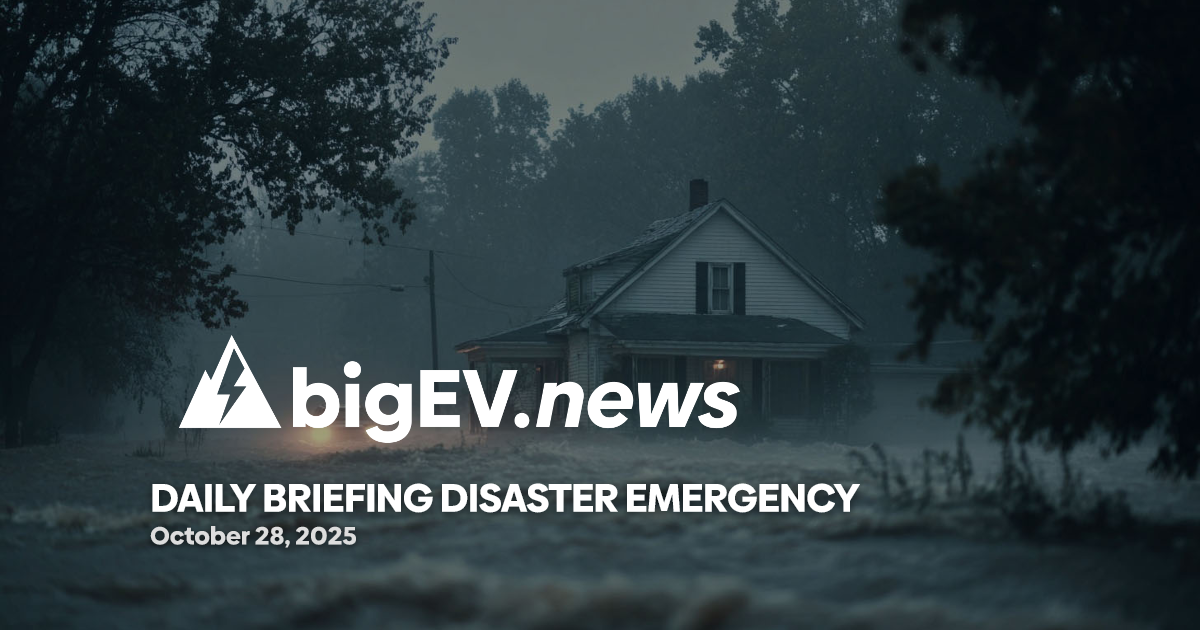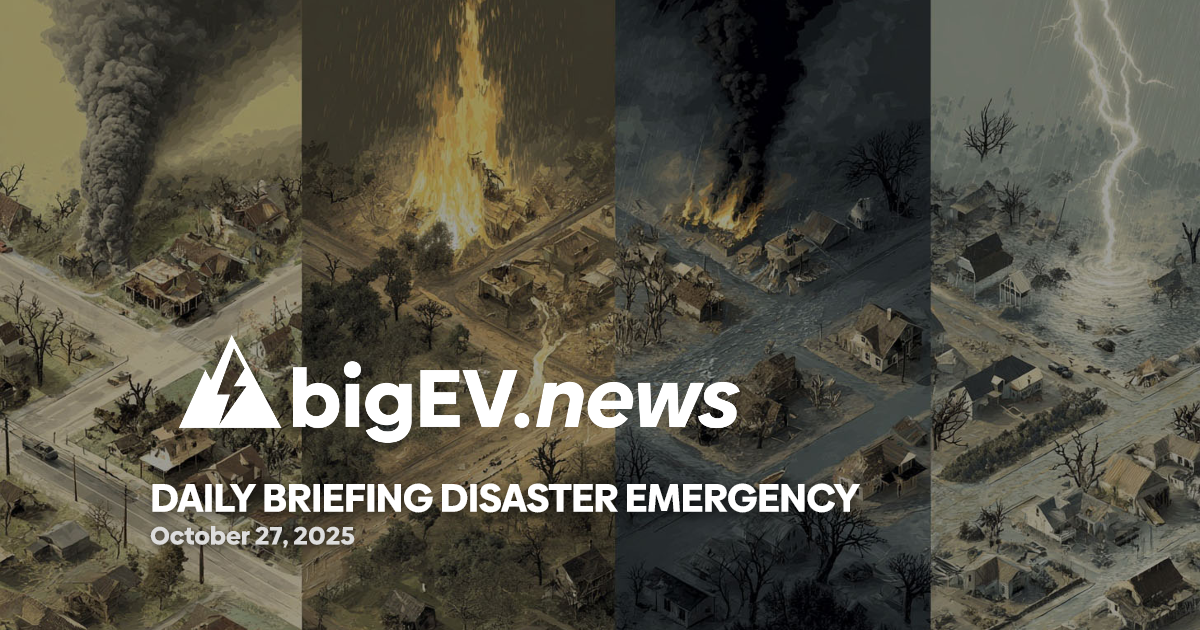From advanced AI for crisis management to emergency spectrum access and resilient infrastructure, today’s breakthroughs are reshaping disaster response and recovery worldwide.
At a glance – The past 24 hours have seen a surge in technological innovation aimed at transforming disaster response, early warning, and recovery systems. A landmark study from Cranfield University has introduced a structured AI decision-making framework that significantly outperforms both human operators and conventional AI in disaster scenarios, achieving 39% higher accuracy and 60% greater stability in critical decisions. This advancement is poised to set a new standard for responsible, transparent, and effective use of AI in emergencies, ensuring that rapid, high-stakes decisions are both ethical and reliable. The research, published in Scientific Reports, underscores the growing role of autonomous systems in life-saving operations, particularly as climate-driven disasters become more frequent and severe.
Technology advance – Northeastern University’s Institute for the Wireless Internet of Things has unveiled the Open Spectrum project, a transformative approach to public safety communications. The initiative leverages Open Radio Access Networks (OpenRAN) to enable dynamic, on-demand expansion of wireless spectrum for first responders during emergencies. This technology addresses longstanding issues of network congestion and reliability, allowing emergency personnel to access a vastly larger pool of radio frequencies when seconds matter most. Over the next three years, the project will develop new algorithms, frameworks, and testbeds to operationalize this vision, with implications not only for disaster response but also for GPS, climate forecasting, and radar sensing. The Open Spectrum project promises to make public safety communications more robust, flexible, and resilient in the face of escalating disaster risks.
Partnerships – Oklahoma State University’s College of Engineering, Architecture and Technology has launched a major research initiative in collaboration with the OSU Hamm Institute for American Energy to enhance the resilience of critical infrastructure in disaster-prone regions. Led by Dr. Chen Chen, the project focuses on modeling the cascading effects of disasters—such as wildfires, ice storms, and tornadoes—on interconnected systems like power, water, telecommunications, and transportation. By developing a resilience index and working closely with state agencies, the team aims to identify vulnerabilities, recommend retrofits, and improve recovery strategies for both urban and rural communities. This partnership exemplifies the importance of cross-sector collaboration in building disaster-proof infrastructure and ensuring rapid recovery after catastrophic events.
Acquisitions/expansions – In a significant move to bolster emergency supply chains, Schneider Electric has announced the acquisition of GridResQ, a California-based startup specializing in modular backup power and emergency microgrid solutions. The $210 million deal, finalized yesterday, will integrate GridResQ’s rapid-deployment battery systems and solar-powered mobile units into Schneider’s global portfolio. These systems are designed for swift installation in disaster zones, providing critical backup power to hospitals, shelters, and command centers when traditional grids fail. The acquisition reflects the growing demand for resilient, decentralized energy solutions as extreme weather events and grid vulnerabilities become more prevalent worldwide.
Regulatory/policy – The Cybersecurity and Infrastructure Security Agency (CISA) has issued Emergency Directive 25-03, mandating all Federal Civilian Executive Branch Departments and Agencies to identify, mitigate, and, where necessary, disconnect Cisco Adaptive Security Appliances vulnerable to a newly discovered zero-day exploit. The directive, which requires compliance by 11:59 PM EST today, comes in response to a sophisticated campaign targeting critical government networks. This urgent action highlights the intersection of cybersecurity and disaster resilience, as compromised infrastructure can severely hinder emergency response and recovery operations. The directive underscores the need for continuous vigilance and rapid policy response in safeguarding the digital backbone of national emergency systems.
Finance/business – Siemens AG reported a 17% year-over-year increase in revenue from its disaster resilience and emergency logistics division, driven by strong demand for its SmartGrid Restore and RapidDeploy communications platforms. In an earnings call this morning, CEO Roland Busch attributed the growth to recent contracts with the governments of Indonesia and Chile, both of which have faced severe flooding and earthquake events in the past year. Siemens’ platforms enable real-time coordination of search and rescue operations, dynamic rerouting of emergency supplies, and rapid restoration of critical infrastructure. The company’s financial performance reflects a broader market trend: as climate risks intensify, investment in disaster tech is becoming a top priority for both public and private sectors worldwide.
Sources: techxplore, news.northeastern.edu, news.okstate.edu, schneider-electric.com, cisa.gov, siemens.com









